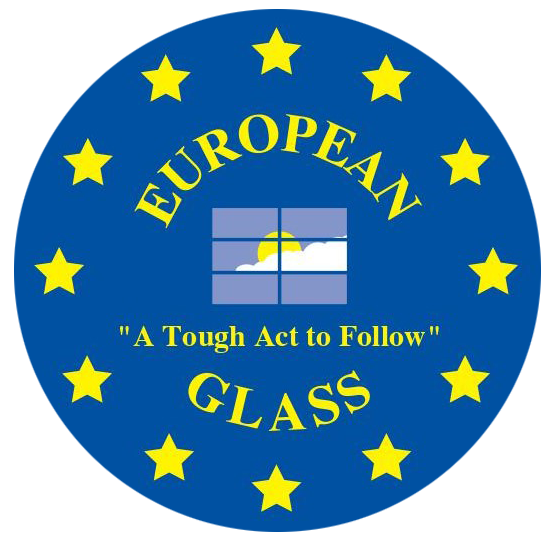Toughened Laminated Glass
Select high-strength and reliable Toughened Laminated Glass from one of the UK’s trusted glass suppliers
Toughened Laminated Glass is a high-performance safety glass made by bonding two or more layers of toughened glass with a durable interlayer such as PVB (Polyvinyl Butyral) or SGP (SentryGlas®️ Plus). It offers superior strength, security, and sound insulation—ideal for structural and architectural use.

Exceptional Impact Resistance
Designed to withstand strong force without shattering dangerously.

Enhanced Safety
Stays in place when broken for added safety.

Acoustic & UV Protection
Minimizes external noise and blocks up to 99% of harmful UV rays, helping protect interiors from fading.

Versatile Applications
Ideal for balustrades, floors, canopies, facades, and curtain wall systems, combining strength with style.

Available Interlayers
PVB (Polyvinyl Butyral), SGP (SentryGlas Plus).
Applications
The Toughened Laminated Glass delivers robust safety features (like impact resistance and holding together when shattered), while also maintaining a clean, elegant, and modern design suitable for architectural use.
Due to its durability and safety properties, Toughened Laminated Glass is widely used in various applications, including:
Balustrades
Used as protective barriers along staircases, balconies, or terraces.
Floors
Glass flooring panels can create dramatic visual effects in architecture. The strength of laminated toughened glass makes it safe.
Canopies
Overhead glass canopies protect entrances or walkways from the weather.
Manufacturing Process
Toughening (Tempering) the Glass
First, two or more sheets of float glass are heated in a furnace to temperatures around 620–650°C and then rapidly cooled using high-pressure air. This process creates internal stresses that make the glass up to 5 times stronger than standard glass, while also ensuring that if it breaks, it shatters into small, blunt fragments for safety.
Preparing the Interlayer
A clear or tinted interlayer (usually PVB, EVA, or SGP) is cleaned and precisely cut to match the glass size. This interlayer acts as a bonding agent and adds strength, UV resistance, and sound insulation.
Autoclaving (Final Bonding)
The de-aired assembly is placed in an autoclave—a high-pressure oven—at temperatures between 130°C–150°C and pressures of up to 14 bars for around 30–60 minutes. This fully bonds the glass and interlayer into a single solid panel.
Quality Inspection & Finishing
Each unit is carefully inspected for optical clarity, lamination quality, and edge finishing. The glass may also be cut to size, drilled, or polished depending on client specifications.
Complete Glass Solutions
Our Glass product range

Heated Glass
European Glass supply electrically heated glass products to commercial and domestic properties.
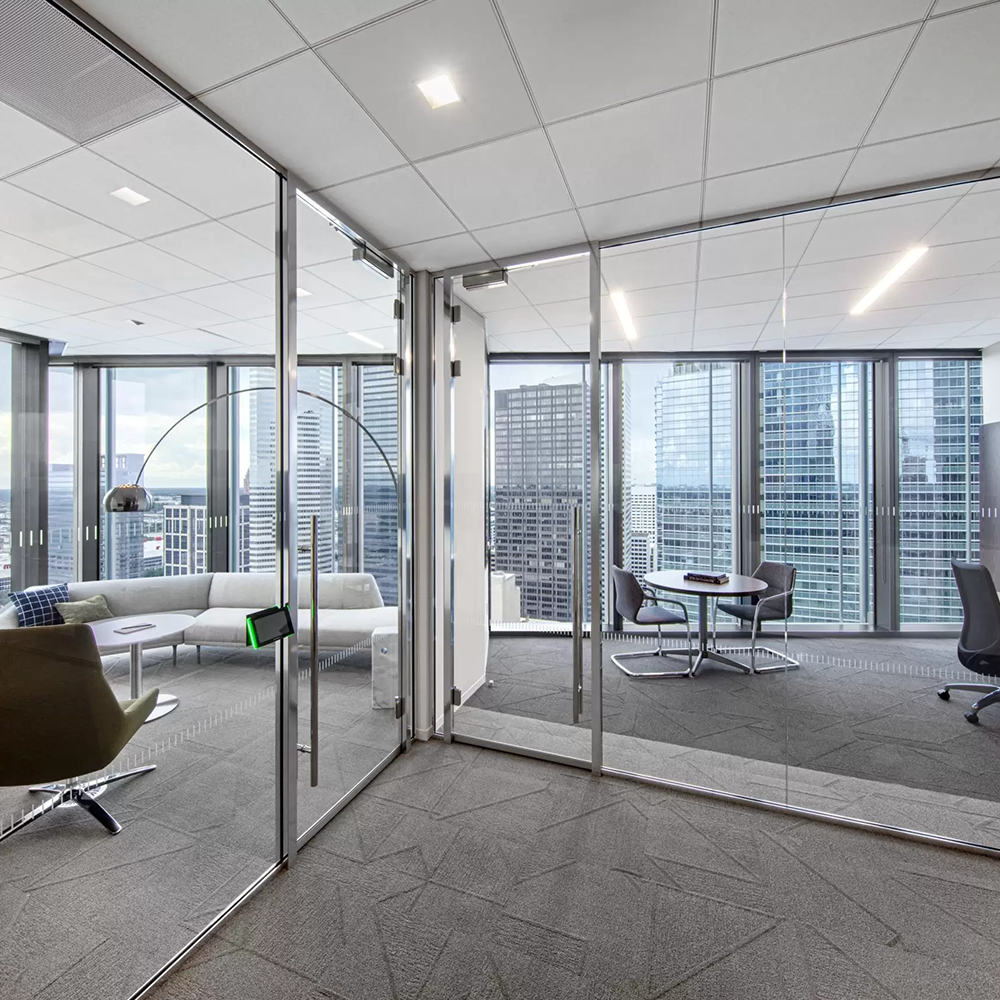
Acoustic Laminated Glass
High-performance glazing solution specifically designed to reduce external noise
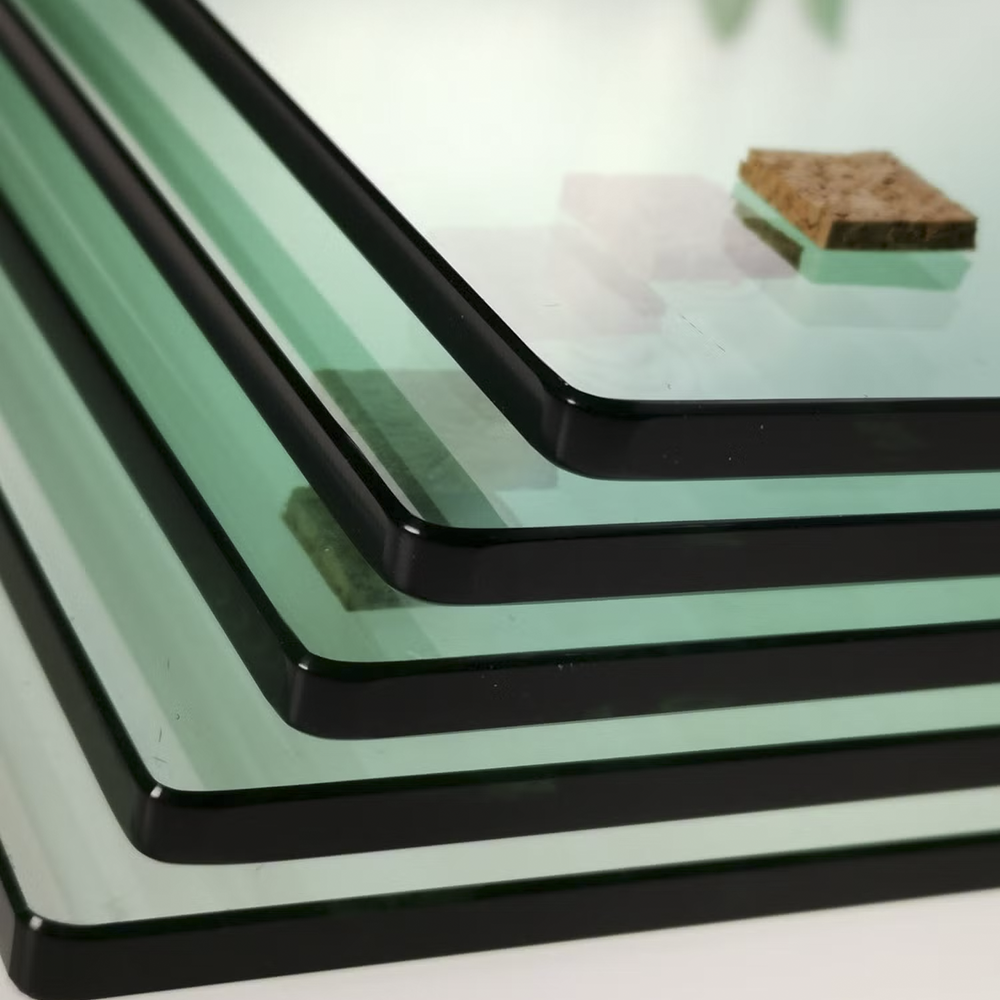
Toughened Glass
We have two Glaston Bending Furnaces capable of 4 metre bends.
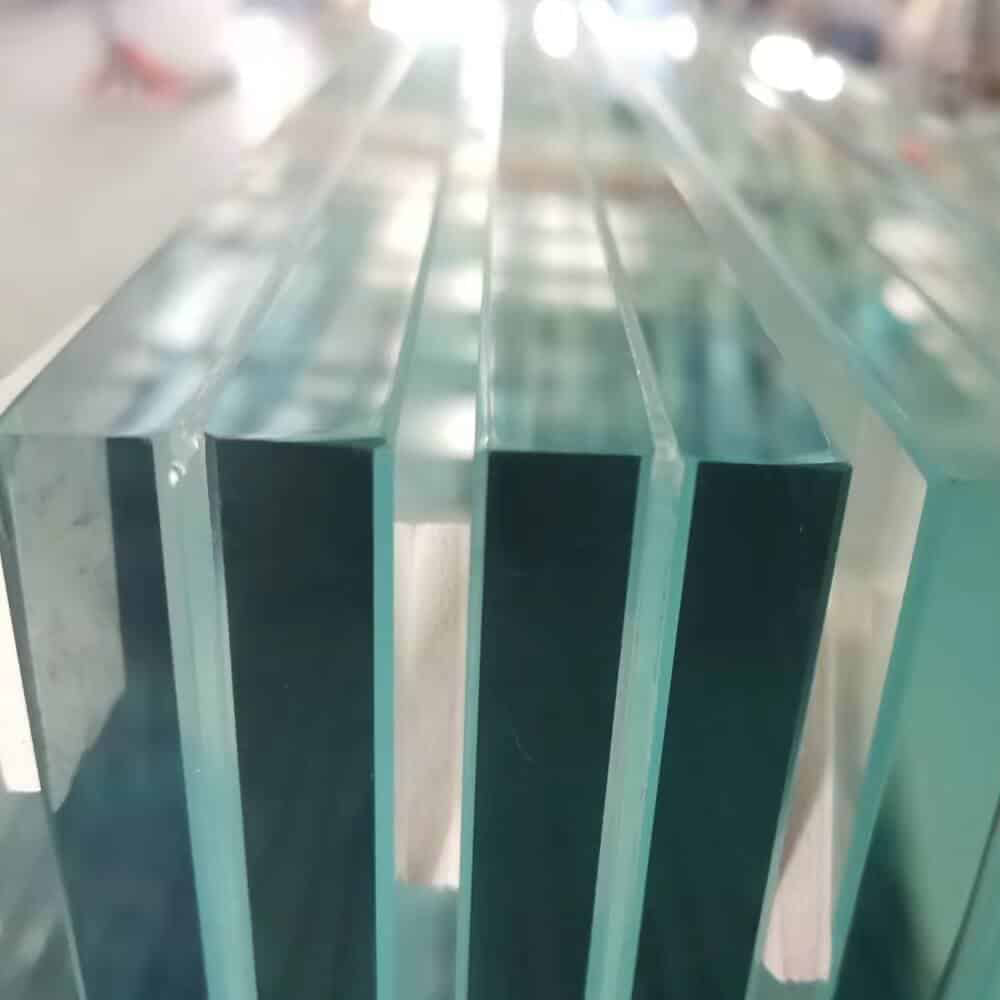
Laminated Glass
Laminated glass is a type of safety glass composed of two or more layers of glass bonded together.
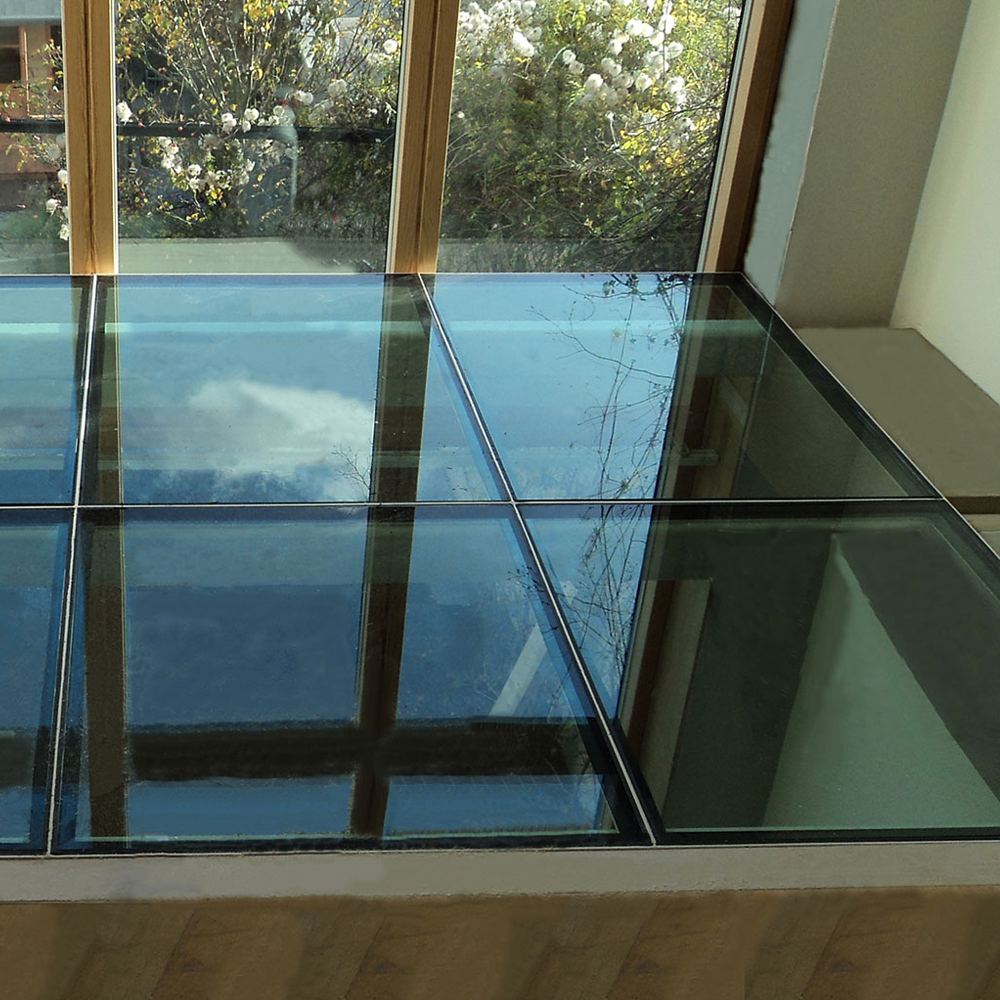
Walk-On Glass
FC500 GLaston Toughening Furnace - the largest in the world.
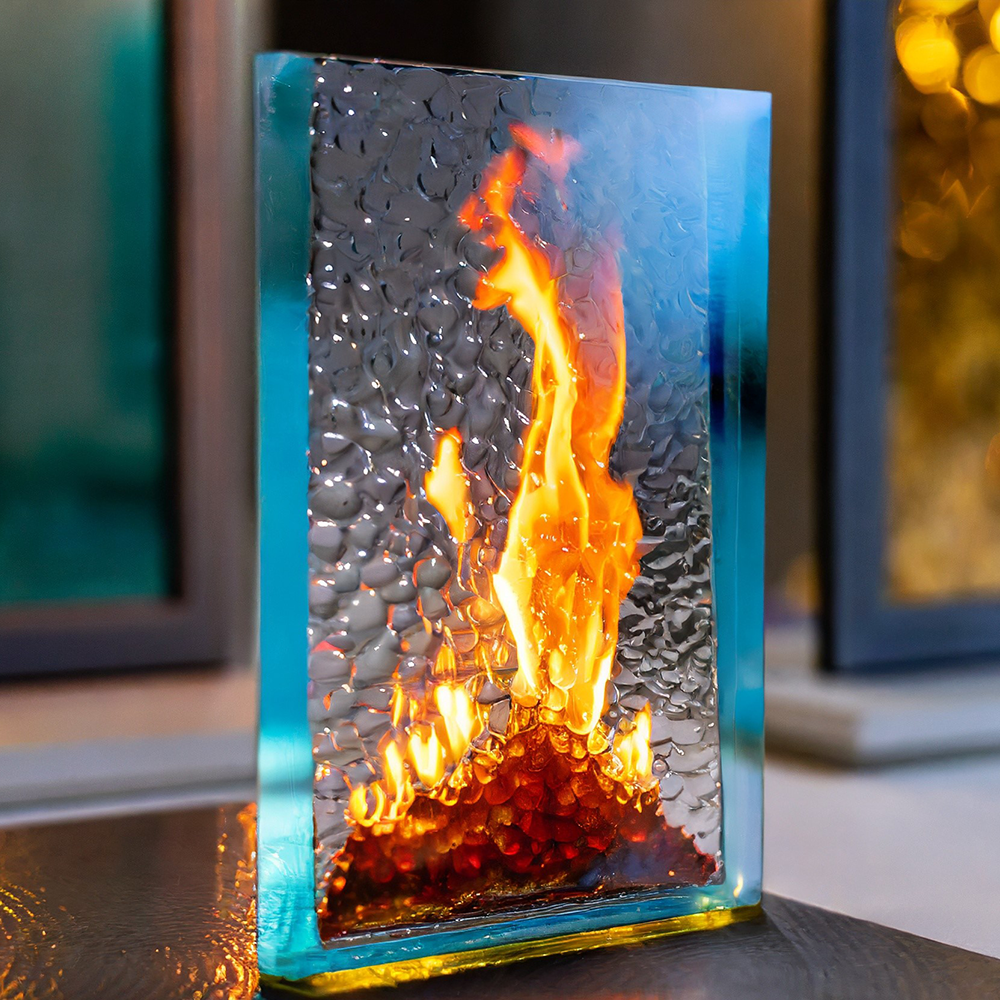
Fire Rated Glass
Fire-rated glass is a specialized glazing material engineered to prevent the spread of flames and smoke during a fire.
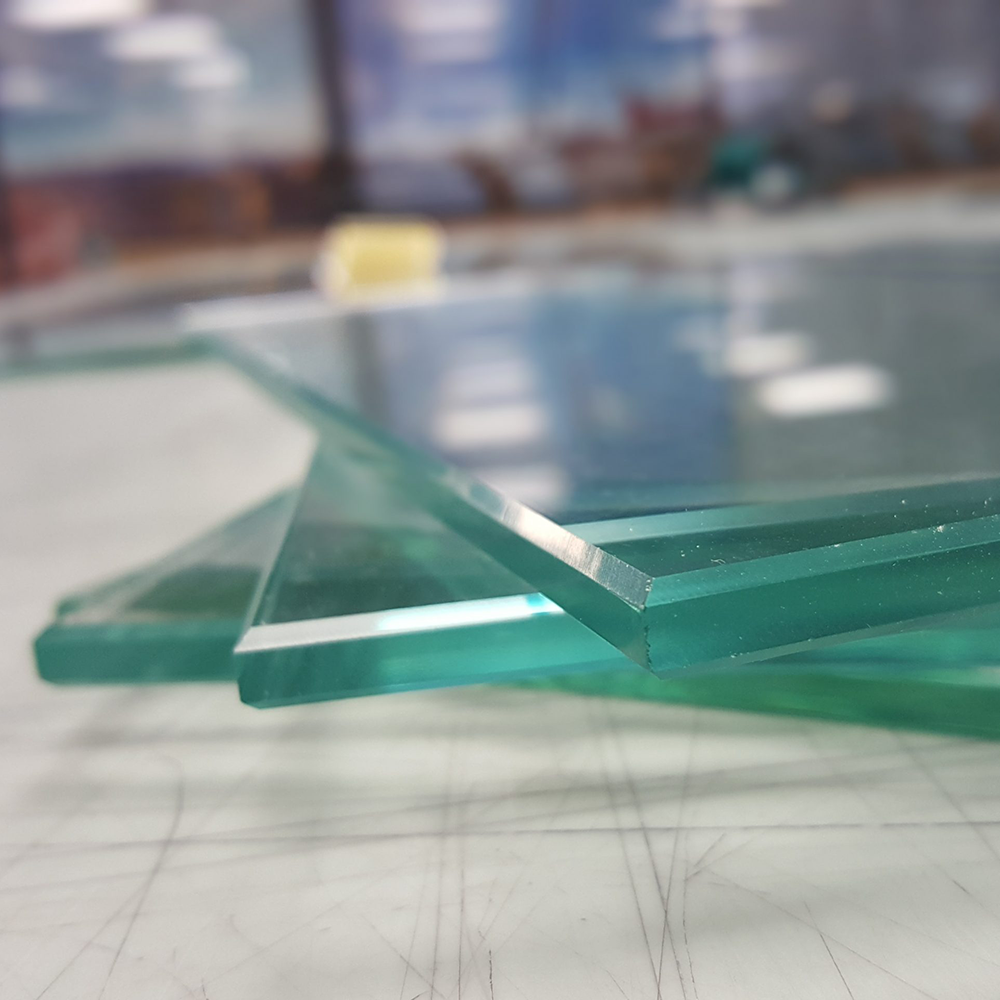
Heat Soak Glass
Heat-soaked glass refers to tempered glass that has undergone a heat soak test.
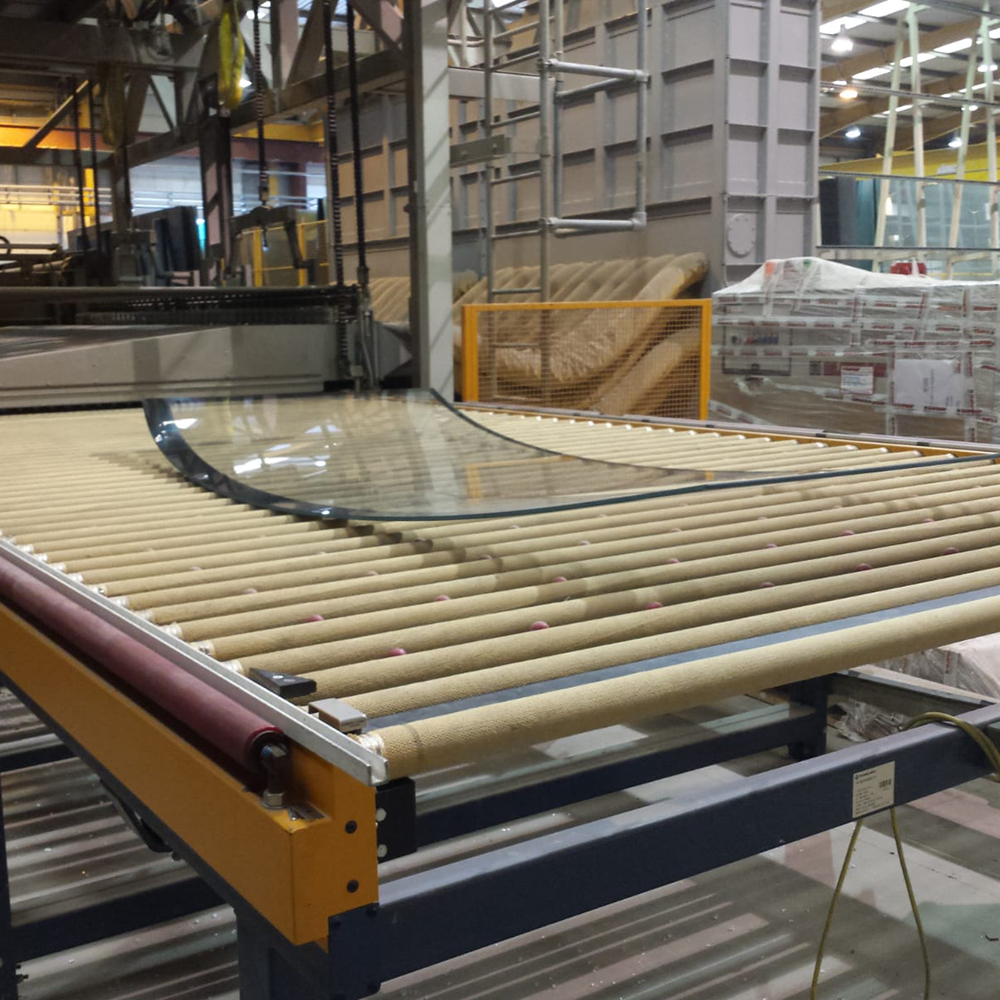
Bend Glass
Bent glass, also known as curved glass, is glass that has been shaped into a curved form
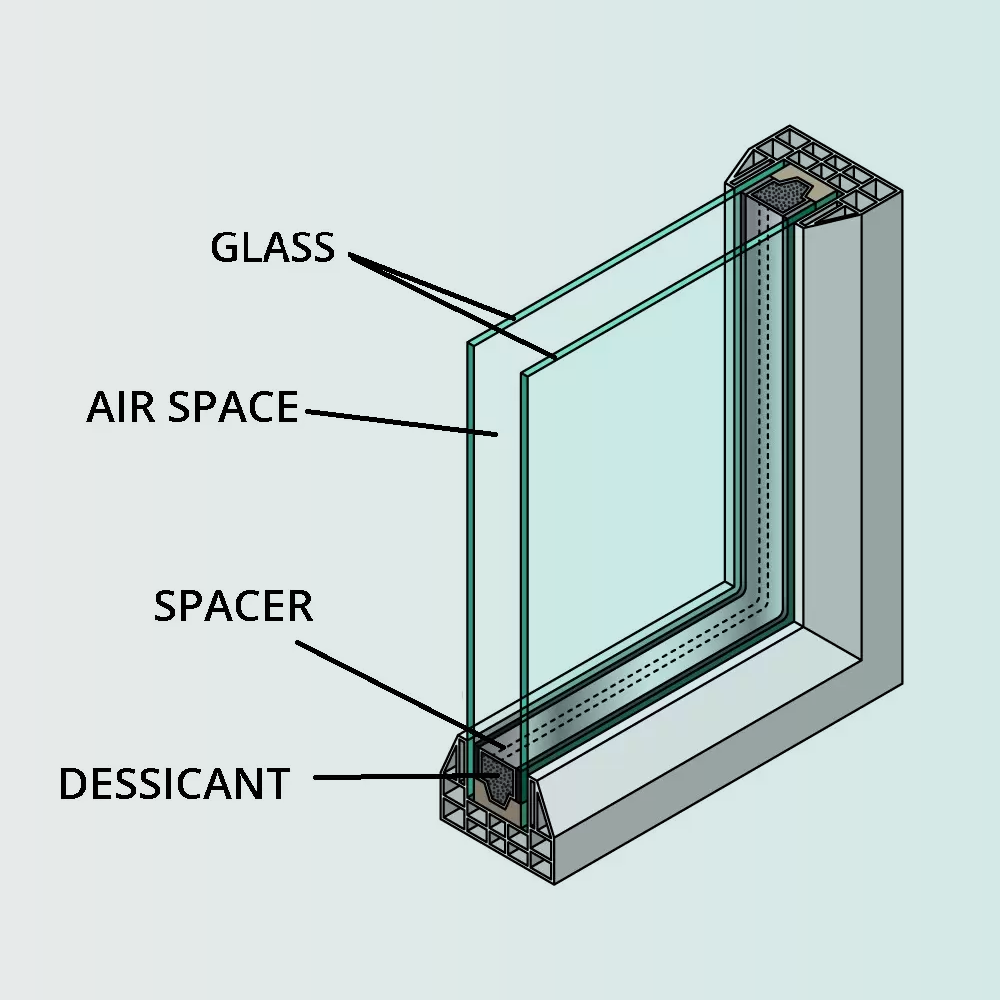
Double Glazed Units - DGU
Boost energy efficiency and acoustic performance in buildings.
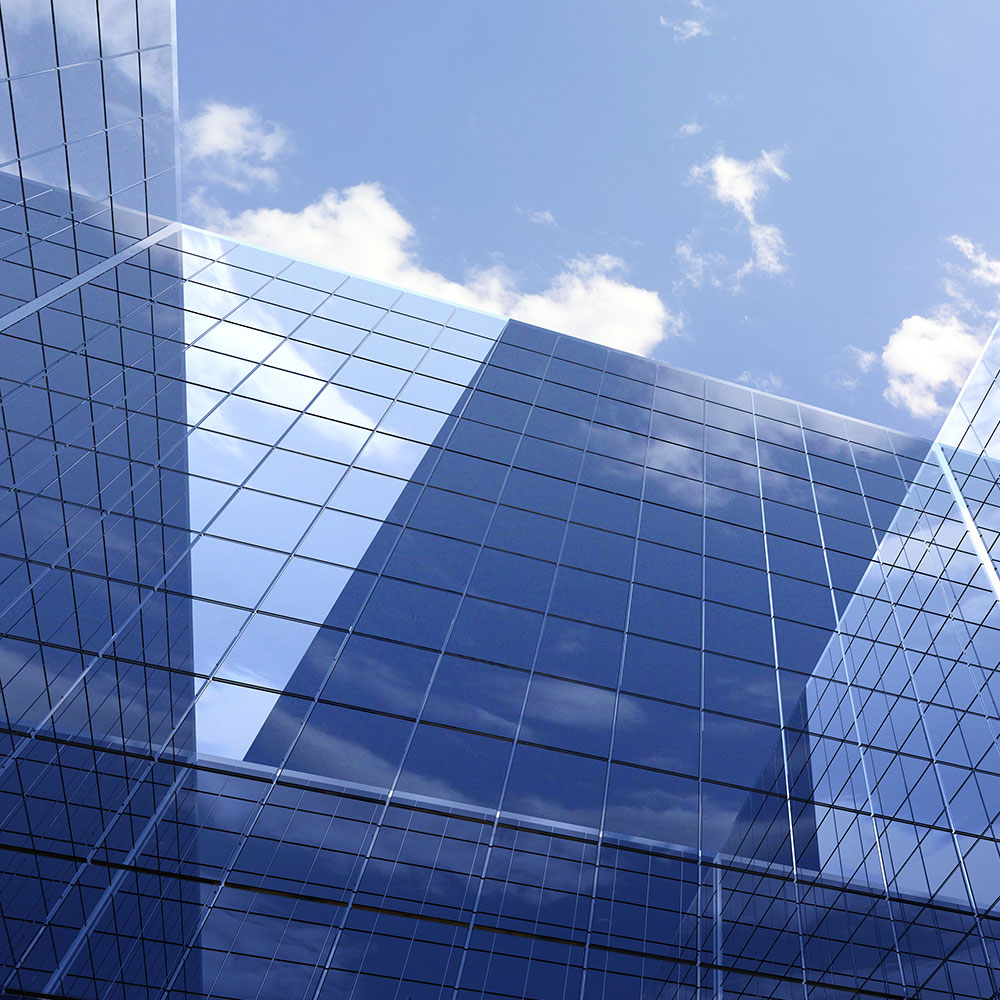
Heat Strengthened Glass
Controlled heating and cooling to increase strength and thermal resistance.
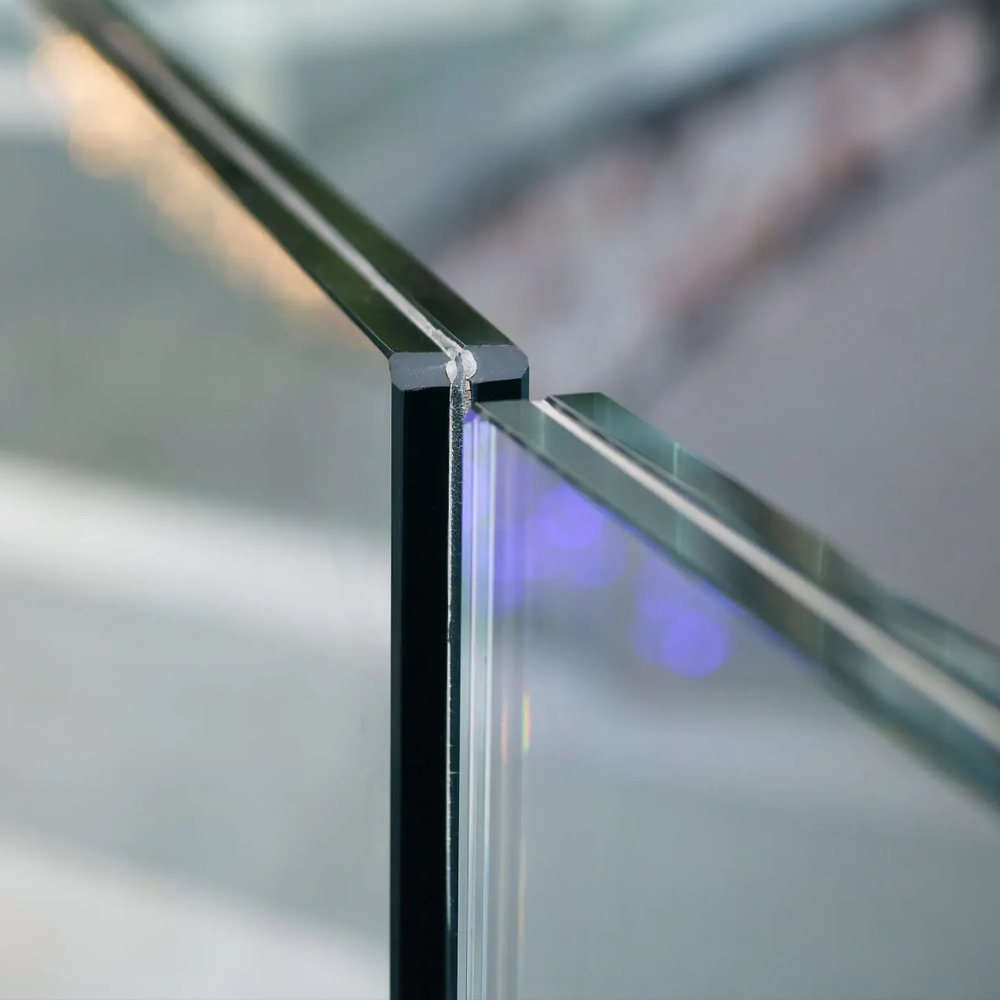
Toughened Laminated Glass
High-performance safety glass made by bonding more layers of toughened glass.
